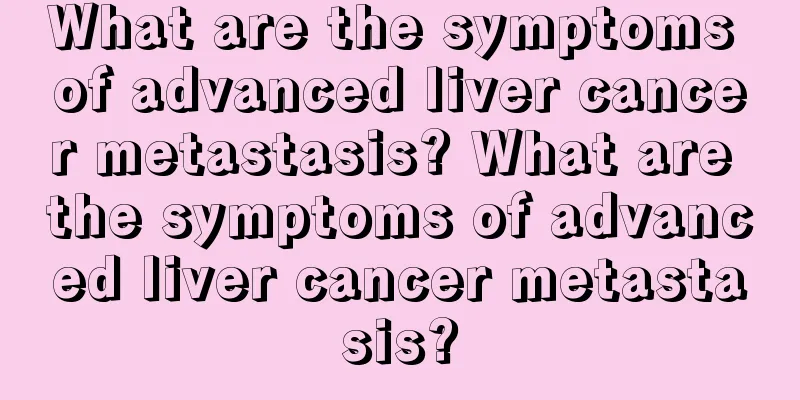What are the symptoms of idiopathic pulmonary hypertension

|
Idiopathic pulmonary hypertension will have an impact on our health and life, because patients will show clinical symptoms such as difficulty breathing, chest pain or edema, and severe cases may even cause hemoptysis and death. 1. Difficulty breathing It is an early and common symptom, characterized by exertional nature. Its occurrence is related to factors such as reduced cardiac output, imbalance in pulmonary ventilation/perfusion ratio, and decreased minute ventilation. 2. Chest pain It may present as a typical angina attack, often occurring during exertion or emotional changes. Myocardial ischemia is caused by increased right heart afterload, thickening of right ventricular myocardial tissue, increased oxygen consumption, and reduced blood supply to the right coronary artery. 3. Fainting It includes presyncope (vertigo) and syncope, which often occurs after activity but can also occur during rest, and is caused by a sudden decrease in oxygen supply to the brain tissue. The following situations may induce it: ① High pulmonary vascular resistance limits the increase in cardiac output during exercise; ② Sudden shunting of hypoxic venous blood to the systemic circulation system; ③ Sudden decrease in systemic circulation resistance; ④ Sudden spasm of pulmonary arterioles; ⑤ Sudden blockage of the pulmonary artery by a large embolus; ⑥ Sudden arrhythmia, especially bradycardia. 4. Fatigue Tissue hypoxia caused by decreased cardiac output, reduced oxygen exchange and transport. 5. Hemoptysis Unlike hemoptysis due to pulmonary venous hypertension, hemoptysis due to pulmonary arterial hypertension comes from the rupture of pulmonary precapillary microaneurysms. Even if the amount of hemoptysis is small, death may still occur due to severe hemoptysis. Lower limb edema is common in this disease, suggesting right heart failure. Nausea and vomiting indicate worsening right heart failure. The incidence of Raynaud's phenomenon is about 10%, and if it occurs, it is a bad sign. If hoarseness occurs, it is caused by the dilation of the pulmonary artery compressing the left recurrent laryngeal nerve. It may disappear after the condition improves. |
<<: How to deal with sudden pulmonary hypertension
>>: What is the cause of idiopathic thrombocytopenic purpura
Recommend
3 kinds of food are high-risk vegetables for pesticide residues
When it comes to eating vegetables, what people a...
What are some tips for cleaning oil stains on clothes
Sometimes when we are eating or cooking, we alway...
Which foods can prevent prostate cancer?
Prostate cancer is a disease that is extremely ha...
Women who smoke are more likely to develop bladder cancer. A comprehensive review of methods to prevent bladder cancer
There are many patients with bladder cancer in li...
Heart rate increases when standing up from sitting, timely check to prevent myocardial ischemia
When our heart rate increases when we stand up fr...
Why does urine smell bad?
Urine generally does not have a strong smell, but...
How to get rid of tooth odor
Teeth are like our facade, they need constant car...
How to inject anti-wrinkle injection
Injection of wrinkle-removing injections is a mic...
What are the ways of transmission of rabies virus?
Rabies is a vicious virus that has never been era...
I have lung cancer and would like to know how long it usually takes to get well?
Surgical resection of early lung cancer has a bet...
What are the benefits of drinking pomegranate seeds soaked in water
Pomegranate is a fruit with high nutritional valu...
What is the best time to moxibustion Guanyuan acupoint
Moxibustion is currently a popular health-preserv...
What are the effects and contraindications of bamboo leaf tea?
Bamboo leaf tea has many benefits to the human bo...
How to use hair clay to grab hair
Many young people want to have a cool hairstyle, ...
Hypothyroidism
Hypothyroidism? I believe everyone is relatively ...









